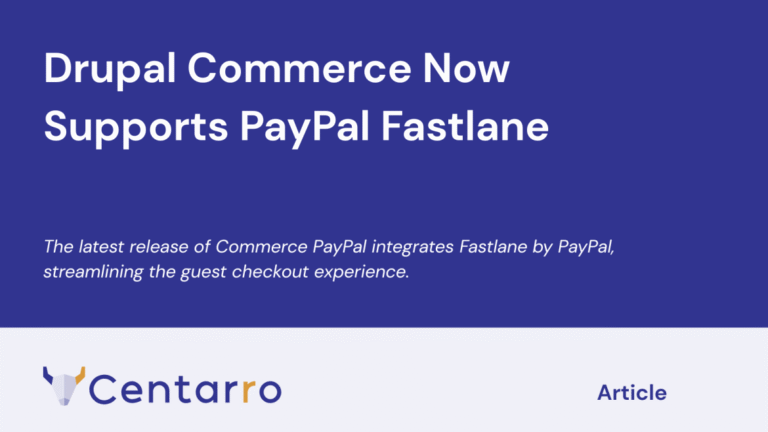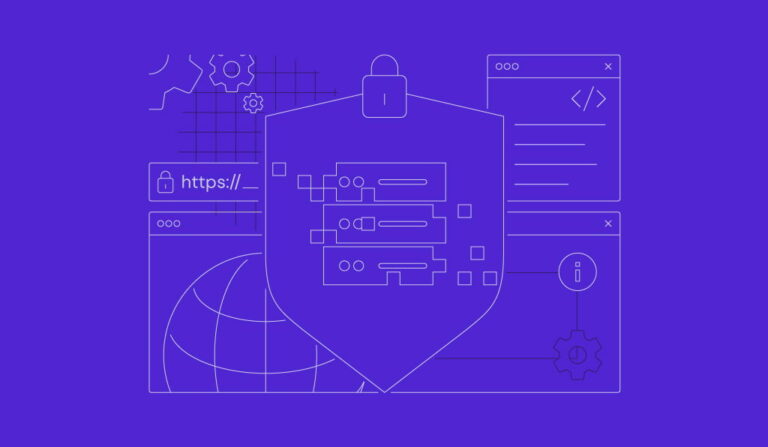
Finding a toolset or platform optimized for hybrid solutions allows IT to develop secure data connections that can be surfaced for business users to access with easy-to-use tools, allowing for rapid solution delivery while still maintaining a level of control and security. Today, that often includes platforms with embedded AI, containerization (Kubernetes), and edge integrations that extend hybrid beyond the data center into real-time operations. Emerging technologies like quantum-safe encryption are also beginning to shape hybrid security strategies.
Some employees will embrace the cloud more than others, especially those who understand agility and have a desire to control technology. Leverage this to create a new and willing market, which enables users to quickly surface the features they need in a matter of hours or days with the help of, not in spite of, IT. To convince skeptical employees of the value, invest in an experienced strategist and champion who can help guide employees toward success, and minimize failed attempts that may discourage them from adopting new technologies. In 2025, these champions increasingly include AI-literate staff who can connect automation, data, and cloud-native workflows.
By Koos du Preez
It is important to look outside of corporate confines for technology solutions that allow employees the flexibility to get their jobs done quickly and efficiently. However, many of these solutions still require access to internal systems and data, making plans for these hybrid IT scenarios critical. The outcome will provide a level of governance that keeps critical business data and systems secure, while empowering users across the organization with ways to solve their problems faster and deliver better results.
Cloud computing has hit its stride; it has become a part of IT strategies across the globe, and the benefits of turning to a hosted environment can’t be ignored. But it often seems like companies are viewing their options as “go cloud, or go home,” rather than thinking strategically about their needs as an organization. While it’s important to embrace emerging technology and strive to modernize operations, this view of cloud is simply not realistic for most organizations.
With all of these business applications at the users’ fingertips, leverage best practices from industry, users and trends to offer a new approach or resource that stands out and solves specific business challenges. Apps, dashboards and mashups are all disposable, but the real asset to be protected is the information behind them. To make the most of time and resources, provide secure and fluid access to a line of business systems and data with easy ways to create disposable apps comprised of forms, process modeling and reports. Repurpose functionality from previous iterations when possible and continuously learn from and improve upon those designs.
1. Less can be more
Turning more specifically to application development, deploying applications in the cloud is helping make solutions by end-users and for end-users easier than ever. But when legacy systems or governance and regulatory requirements restrict business data to live in the cloud, end users can find themselves up a creek without a paddle. This is where the promise of hybrid environments that are able to connect back to the on-premise world makes an impact. In a world where users can build and bring their own apps in the cloud, often with low-code or AI-assisted tools, a key driver to make that a success is the ability to securely reach back to the business IP that’s locked up in on-premise and legacy systems.
2. Accessibility
Typically, cloud offerings are simpler in structure and less feature-rich. However, they’re also much easier to use, and offer scalable and flexible environments that can be tailored for an organization’s specific needs. This seems to resonate well with business buyers, as cloud offerings provide the necessary functionality without the obligation of investing in add-ons and extra features businesses don’t need. Users get the tool they need—and can use—when they need it.
3. Recycle
Yes, for a lot of companies, a hybrid solution is a great idea. But not for everyone. Remember not to get caught up in “what’s hot and what’s not” when evaluating software. Every organization leverages highly valuable, and usually on-premises solutions such as BPM, CRM and ERP. The trend towards cloud doesn’t mean you should ditch these systems or that the move has to be made at once. Instead, take responsible, progressive steps to seamlessly and securely take on-premise systems work in the cloud and on mobile, and consider ways to integrate this system via hybrid options. For software vendors with deeply entrenched interests in the existing way of doing business, it can be a painful transition to the cloud. Be prepared to have those conversations about what applications need to be in the cloud, and when an on-premise solution makes sense.
4. Leverage tech-savvy advocates
With that in mind, here are five things to consider when building business applications for a hybrid environment: First, ensure that your application can seamlessly integrate with various platforms and services, providing a cohesive experience for users. Additionally, focus on security measures that cater to both on-premises and cloud environments. In today’s landscape, that often includes AI-enabled security monitoring, zero trust, and sovereign cloud options. Emphasizing the benefits of multitenant consolidation can also improve resource utilization, leading to cost savings and greater efficiency across the board.
5. Sometimes on-premise is the answer
Applications have become a primary way people access information across devices, both inside and outside of the office. Enterprise app ecosystems now number in the millions, but the rise of AI co-pilots, SaaS marketplaces, and edge-enabled apps has shifted adoption patterns. Bring Your Own App trends are changing the way we do business as employees take matters into their own hands. Businesses need to understand that this shift is inevitable, and provide guidance for the employees and management to responsibly embrace the trend, especially when a hybrid environment is at play. Forward-thinking organizations are now building internal app marketplaces that balance employee choice with governance and compliance.
In general, enterprise applications should be kept simple and easy to use, but this is especially true when information needs to go to and from environments. Consider a no-download, no-install, low-code/no-code development environment that is directly connected to line of business data. Eliminating the need to lobby the IT department will spell a win for everyone involved: IT, end users and ultimately the business.
But, even with the numerous benefits of the cloud, it’s not a silver bullet solution for most organizations. Today’s dynamic environment often requires a combination of on-premise platforms and cloud-based solutions to meet the complex needs of the enterprise. Often, the right answer is a hybrid environment that enables organizations to build business applications on the fly, across the enterprise, while reserving on premise solutions for areas of the business, like security for example, that may not be a fit for the benefits of a virtual infrastructure.
Editor’s Note (2025 Update): This article has been updated to reflect current hybrid cloud and business application trends, including AI-assisted development, low-code/no-code platforms, sovereign cloud considerations, and edge-enabled integrations.






